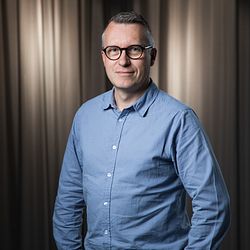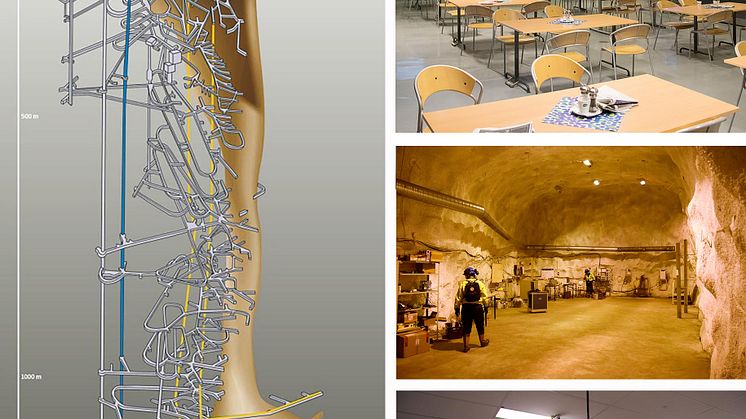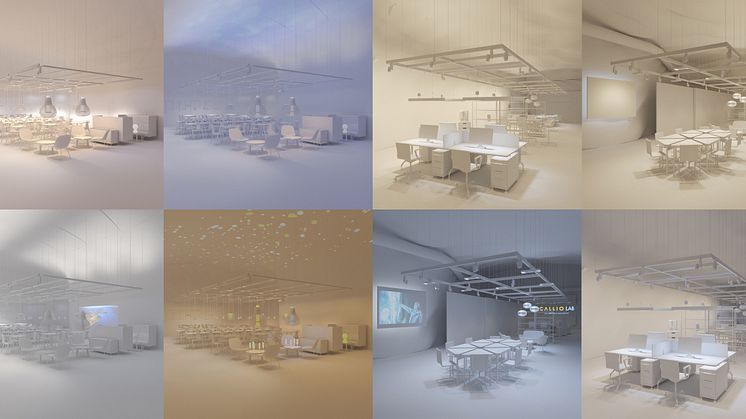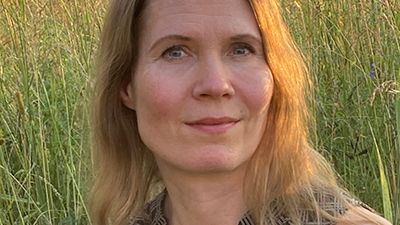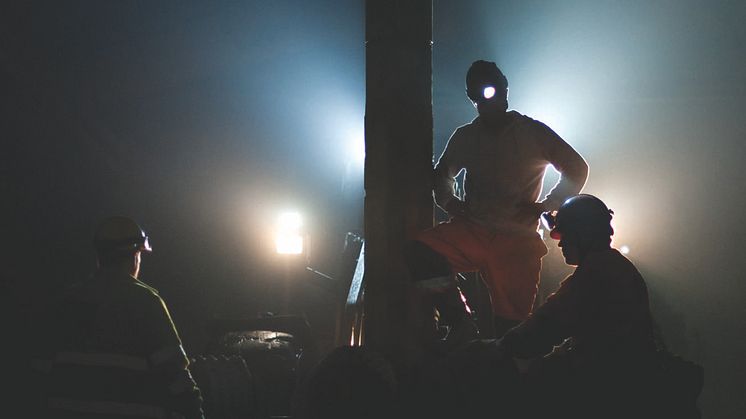
Blog post -
Lighting for underground spaces
Work-welfare and safety in smart lighting - lighting for underground spaces
Working in an underground environment is a great challenge both physically and mentally – and even biologically. The constant lack of daylight, and connection to the world, during work hours may cause disorders in the innate biological clock. Hear Henrika Pihlajaniemi, M.Sc. (Arch), D.Sc. (Tech) University of Oulu, describing the attempt to mimic daylight 1 400 meters underground – and the results they found in their study.
GROWING ACTIVITY
Mining is an ancient work, and dates back more than 20 000 years ago. The heavy work of mining is historically associated with long hours, harsh climate and risky work conditions. But the modern mining of the 21st century is rather an engineer dense workplace with high safety standards. Underground, visibility is obviously crucial and sometimes challenging, and lighting is a crucial tool in that work.
Today there is a growing tendency for mining activity around the world, since numerous industries worldwide depend on the supply of minerals and material from underground. The average life span of a site depends on the material being mined and it can be as short as 15-20 years. Therefore, there is a need to find new use for the large underground spaces no longer in use.
WORKPLACE ENVIRONMENTS
As with all workplaces, the mine needs to be a safe and secure workspace. Research has stated that there is a clear connection between the physical work environment and occupational stress. Studies has also suggested that workplaces with visual access to nature increases the job satisfaction and overall subjective well-being among the employees. Therefore, working in underground spaces with a lack of daylight and connection to the outside world, might impose the biological clock of workers and have many negative physiological and psychological effects.
With this at hand, Henrika Pihlajaniemi and her colleagues at University of Oulu, carried out a study to develop lighting design strategies for underground environments, that supports occupational well-being. This was done in Pyhäsalmi mine, Finland, which is the deepest underground location of Europe, almost 1,5 km deep. Pyhäsalmi is closing its mine operations in the beginning of 2022 and is therefore open for other uses.
– This is a common dilemma in the mine industry worldwide, explains Henrika Pihlajaniemi. When the mining ends there are big spaces available with great infrastructure that could be used, but for what? In Pyhäsalmi they have tested different new operations for the mine. Since the temperature and humidity is ideal for growing, it would be a terrific farming site, both for crops and/or cricket-farming (edible insects). Since it is a really secure and enclosed space, it is also perfect for research with a great testing environment. It can also be a good place for space training simulation, since it is as disconnected from the outside world as in space.

LIGHTING UP THE UNDERGROUND
But, no matter the usage of the underground space – the conditions need to be healthy, safe and secure for the people working there.
– That is why we started out this study, Henrika Pihlajaniemi explains. A lighting design that supports well-being is not only for the mining environment. We did these experiments for the future, bearing in mind that the underground spaces might be in new use for other projects, with people working there in a new way.
In the study, a lighting refurbishment of two central areas in the mine was carried out – the personnel restaurant (Retka) and the underground laboratory (Lab 2). Both spaces located on the main level of the mine: Retka at a depth of 1410 metres, and Lab 2 at 1430 metres. To be able to come to these locations, the mine workers needed to travel in semi-dark tunnels, mainly unlit and partly lit up by older light sources. The influences on the new lighting on the participants wereas measured in the real-world piloting, combined with qualitative semi-structured interviews with the mine workers.
– The participants also wore a wristbands and electrocardiographic devices which allowed us to measure biological parameters, says Henrika Pihlajaniemi. We also did interviews in two phases. One test period of 8 weeks, was in the darkest period of the year, and the other test period was in the lightest period of the year. We tested the different dynamic lighting scenarios, explained in the paper, that we designed together with Fagerhult Oy and then evaluated them with the participants.

SMART LIGHT FOR SMART WORK
The lighting design in the spaces was designed in an automated circuit, adapted after the two working shifts (morning and evening). During the two eight-week periods, the participants could not manually change the light settings, except putting on the presentation mode when needed. In the summer period it is never totally dark during the day, only twilight, and in the winter period, there are only a couple of hours of light during mid-day.
During the winter, the mine workers did not experience daylight at all during the day, since it was dark both when they went down and came up from the mine. And in the summer, the situation was the opposite – they saw daylight both when they went down and came up.
– What we found out, while testing in two different periods of the year, was that they really felt the circadian lighting in a different way, Henrika Pihlajaniemi explains. When they came down in the winter mornings, they experienced the office space with normal standard office lighting as too lit. But in the summer evaluation they did not experience it like that, because they had felt the sunlight before going down. So, even though we are designing lighting for underground location you need to take into account the yearly rhythm of daylight as well. Especially during the winter time, they preferred the dynamic scenario where the lighting was dimmer and warmer in the morning, and then slowly increased. In my opinion, you should not break the balance between darkness and light. I believe, that it is the most beneficial for us humans to feel the whole circle, to be in balance with the extremes.
HOW CAN WE USE THIS IN THE FUTURE?
The case study in Pyhäsalmi mine showed that lighting design for underground environments is a complex design job, where you must work holistically and embrace contextual factors as well. The study included the physiological, psychological and biological perspective of lighting, in this enclosed environment with special conditions and needs.
From a physiological perspective, the lighting should support visual performance and maintain visual comfort. From a psychological perspective the sense of space and atmosphere are important, since they relate to the feeling of security and safety. And, from the biological perspective, the circadian lighting, was a great tool for supporting the worker’s rightly timed sleep/wake pattern and alertness, and sense of time.
– Many of the results are applicable to other underground, or enclosed, locations, Henrika Pihlajaniemi states. The study proposes a holistic design framework for lighting, that supports occupational well-being in these special environments. All in all, the participants experienced the circadian light rhythm as a pleasant thing that was helping them. They especially appreciated the ambient wall lighting, which made the contrasts and orientation in the room more vivid and enhanced and created atmosphere. That is important to bear in mind when designing light for other spaces without connection to daylight.
MORE FACT AND INFORMATION
The research in Pyhäsalmi mine was part of Occupational Well-Being and Safety with Intelligent Lighting project, which was funded by The Finnish Work Environment Fund, the University of Oulu, and Fagerhult.
Here you find a short film on the Pyhäsalmi mine, and its operations.
If you wish to read the full paper of Henrika Pihlajaniemi, you can find it here.
If you wish to learn more on underground lighting, you can visit the BSUIN (Baltic Sea Underground Innovation Network) projects web.
